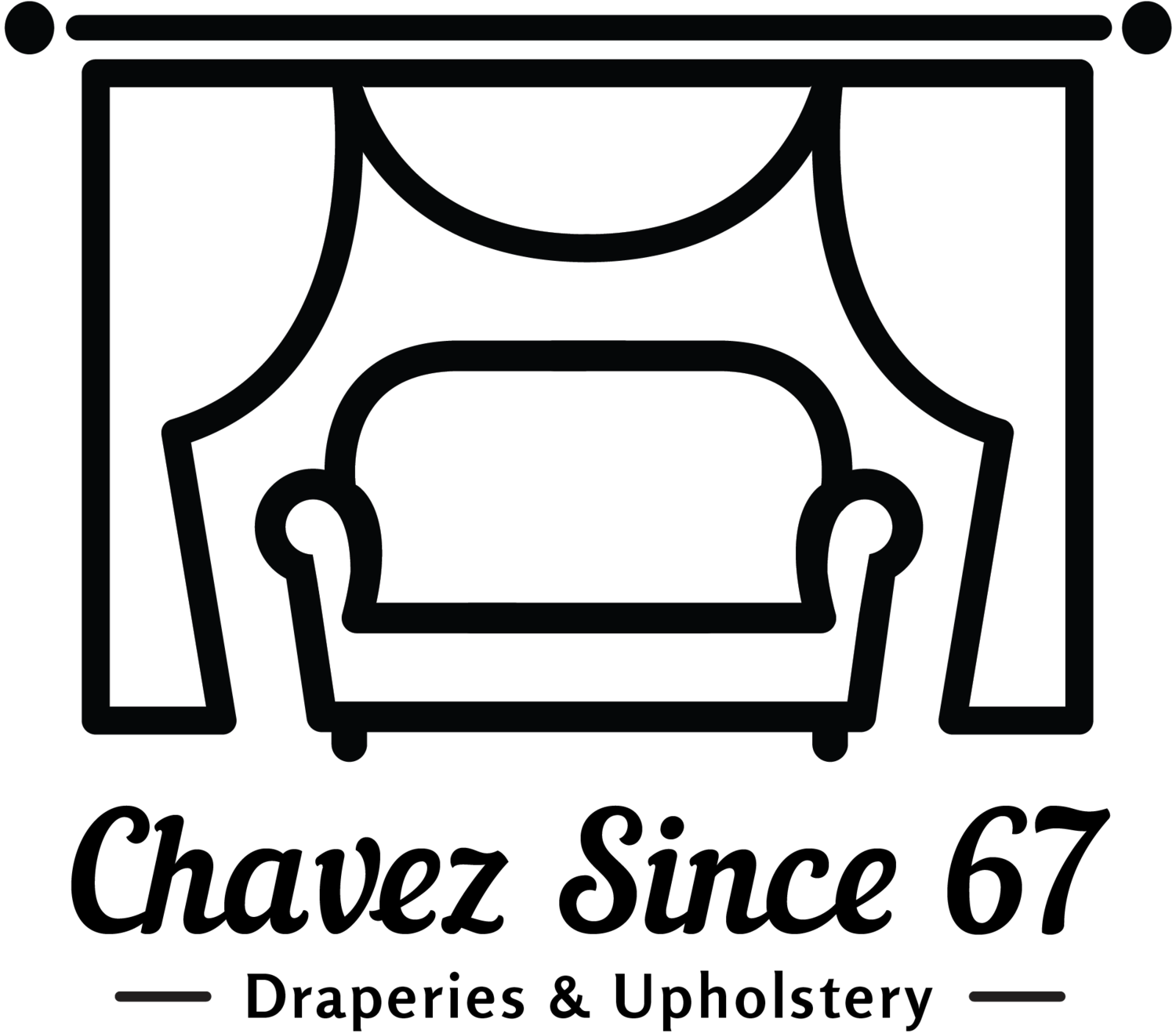There are a number of options when it comes to window treatments, and sometimes it can be overwhelming and confusing to choose between them. Most interior decorators are guilty of using drapes, curtains, blinds and shades, as if they were synonymous. However, each treatment has its own distinct style and purpose. If you’ve been wondering what the difference is between drapes, curtains, blinds, and shutters, read on. Here is a brief explanation:
Drapery
Custom draperies are usually sold in pairs or panels depending upon the window or door application. They are made using a variety of fabrics styles and textures. The lining selected determines the amount of insulating value and how much light comes through the treatment. In any case, nothing insulates better than a custom drapery treatment! This makes them perfect for adding a touch of elegance to any room.
Custom draperies can either serve as the focal point of the room or complement furniture, art work or accent pieces. They usually start approximately 4” above the window and drape down just above the floor, and can either open from the center or stack on one side. You have a number of choices to select from for your hardware such as the “good old fashion” white standard traverse rod, wood or metal decorative rods or wrought iron. Your draperies can be pleated in a number of different styles, use grommets or maybe a rod pocket. Draperies are also sometimes accompanied by a top-treatment such as padded cornice boxes or free hanging fabric valances for extra decoration.
Curtains
For the most part, curtains are generally less formal and more casual. You will generally find curtains used in kitchens, sewing rooms, bathrooms, etc. We make custom curtains however due to cost concerns, some people prefer to purchase ready mades which are available online and in some retail stores. The primary problem with these are the limitations of styles, fabric selections and sizes. And of course, the quality is not up to the same standards as our custom made treatments.
Shutters
A window shutter consists of a frame of vertical stiles and horizontal rails, usually mounted within the window opening or overlapping the window. They’re typically made out of wood or faux wood.They offer an older more traditional style of window covering. Shutters if cared for properly can last for decades but unfortunately offer very little towards the decor of a room. As far as cost goes, top quality shutters are on the high end of window treatments.
Blinds
Blinds are the most common type of window treatment because of their practicality and cost-effectiveness. Mini blinds are more commonly used for window treatments and are made of aluminum, wood, or faux wood. Vertical blinds are generally used for large, sliding glass windows and have large vinyl slats that hang from top to bottom. While they are excellent for light control because of their tilting louvers, they offer little if any insulating value.
Blinds are also prone to malfunction due in part to the low cost of the products. It is very common to have a cord snap and need replacement or for one of the plastic mechanisms within the rail to wear down. Louvers can also be warped and bent over time because of either sunlight or pets, cats in particular. However, if you’re looking for an inexpensive solution that doesn’t stand out you may consider this route.
